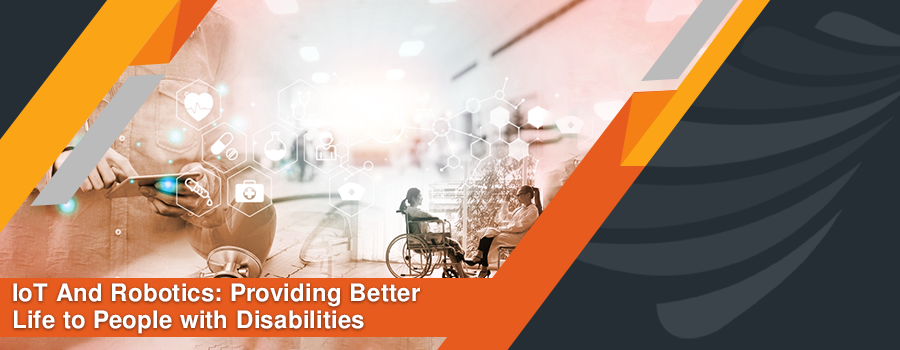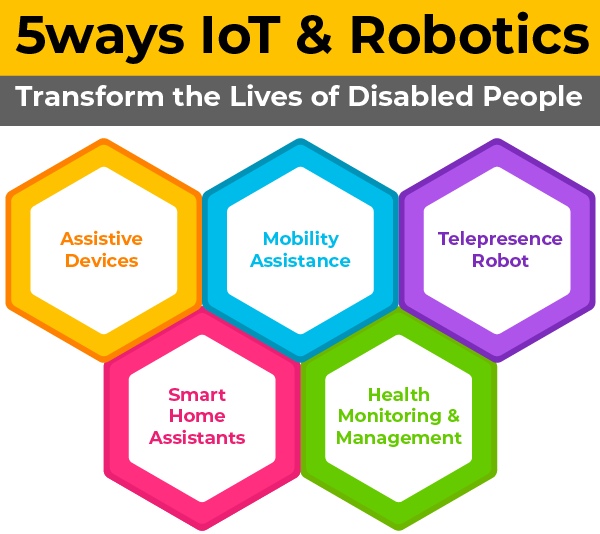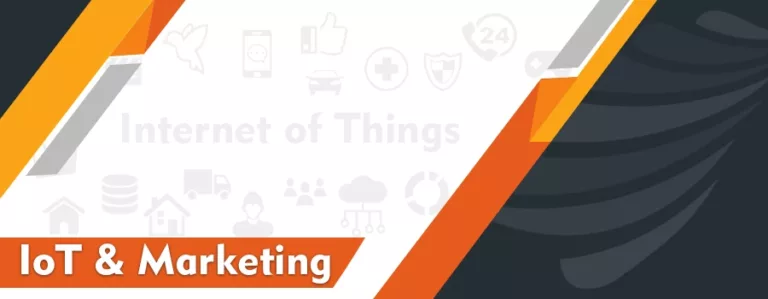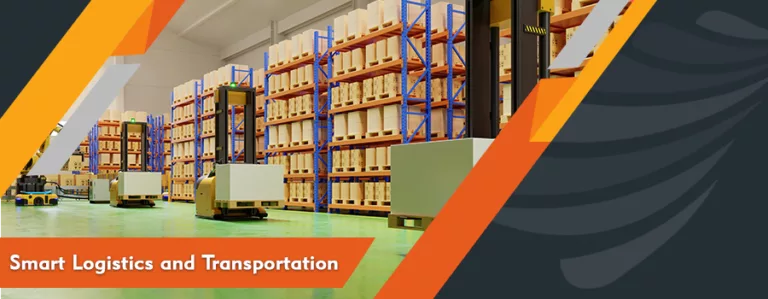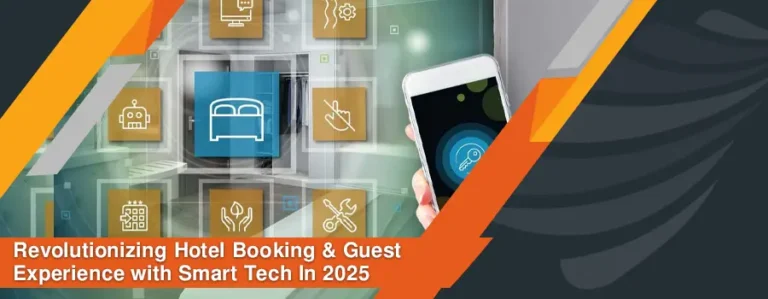Like every human being, people with disabilities also deserve a quality life—a place where they can get all the support to overcome their weaknesses and live independently. Technological advancements have always been a source of innovation in human lives and provide a platform where people can bring ease and contentment to their lives. The Internet of Things (IoT) and Robotics are new fields of technology that have completely revolutionized our lives. These advancements are a great source of transforming the lives of disabled people.
Let’s explore with us how IoT and Robotics can provide great support to disabled individuals.
What are IoT and Robotics?
The term “Internet of Things” or “IoT” describes a network of actual objects, including cars, appliances, and home appliances, equipped with sensors, software, and internet connections to communicate and share data. These gadgets might be anything from basic sensors to intricate equipment.
Conversely, robotics involves creating, maintaining, and applying robots for semi-autonomous or autonomous task completion. Robots can be designed to perform many different tasks, including production, healthcare, and exploration.
When IoT and Robotics work together, they show huge potential to transform our lives and ease our daily tasks.
How IoT and Robotics Can Work Together?
Robotics and IoT can complement one another in several ways.
1. Data Collection and Analysis
Robotic systems can use the information IoT sensors collect from the environment to make well-informed judgments. IoT data, for instance, can be used by robots to optimize their motions and actions based on real-time production process information.
2. Remote Control and Monitoring
Robots with IoT capabilities can be remotely monitored and controlled via the Internet. With an internet connection, users can oversee and modify robot movements from any location. For example, an IoT-enabled remote-controlled drone can be inspected or monitored in dangerous areas.
3. Facilitated Communication and Collaboration
The Internet of Things (IoT) can help several robots communicate and coordinate. Real-time data sharing amongst robots allows them to coordinate their actions effectively. This is especially helpful in situations like automated warehouses, where numerous robots collaborate to maximize product transportation and sorting.
4. Predictive Maintenance
Robotic systems can be equipped with IoT sensors to track their operation and identify wear indicators or possible malfunctions. By analyzing the data collected by these sensors, maintenance procedures can be scheduled proactively to minimize downtime and prevent costly breakdowns.
5. Improved Perception and Interaction
Robots can perceive and interact with their environment more successfully if IoT data gives them further context about what’s around them. For instance, robots with IoT-enabled vision systems can recognize and control objects more precisely and effectively.
Combination of IoT and robotics results in smarter, more connected, and more efficient robotic systems. This convergence facilitates people in all industries, improves productivity, safety, and health, and eases everyone’s daily hassles, including those with disabilities.
5 Ways IoT and Robotics Transform the Lives of Disabled People
1. Assistive Devices
IoT-enabled robotic assistive devices help people with disabilities independently perform their daily tasks. Assistive devices are designed according to individual needs.
Robotic prosthetic limbs or exoskeletons with IoT sensors adapt their movements according to user preferences and provide feedback to optimize functionality. Similarly, IoT-enabled robots designed for home tasks can be controlled and monitored remotely, allowing disabled people to remain care-free from daily house chores.
2. Mobility Assistance
IoT-enabled mobility assistance, such as wheelchairs and bikes, helps individuals with mobility impairments detect obstacles, plan optimal routes, and navigate their surroundings more efficiently and safely. Sensors installed in these devices help to detect obstacles and plan optimal routes.
People with mobility impairments can travel independently, safely, with strong assistance, and enjoy independence. IoT-enabled sensors can also send signals to their caretakers or nearby hospitals in case of an emergency to prevent any serious accident.
3. Telepresence Robot
Telepresence robots with IoT capabilities help people with impairments to engage in social activities. These robots let users engage with others from a distance by projecting a virtual presence during meetings, social events, or classroom sessions.
The “Beam” is a telepresence robot that uses a portable telepresence tool called The Beam; people may virtually traverse and communicate in far-off places. It has an elegant design, a camera fixed on a height-adjustable base, and a display screen. Users may use a computer or smartphone to operate the Beam remotely, enabling them to participate in social events.
4. Smart Home Assistants
Voice-activated assistants and home automation systems are two examples of IoT-connected smart home appliances that can make life easier and more accessible for people with disabilities. With these voice-activated and remote-operated devices, users can more autonomously control their home environment.
One example is the Human Support Robot (HSR) from Toyota, a small robot that helps people with restricted mobility carry out household chores. It can unlock doors, retrieve objects, and even wipe up spills. The HSR may be controlled remotely using a smartphone or tablet and has IoT capability to connect with other smart devices in the house.
5. Health Monitoring and Management
Real-time monitoring of vital signs, medication compliance, and other health data is possible using IoT sensors incorporated into wearable technology or medical equipment. Healthcare professionals and caregivers can receive this information, allowing prompt interventions and individualized care for people with impairments.
CareBot is an IoT robot that transforms health monitoring for people with impairments. It transmits real-time data to caregivers or healthcare providers, tracking vital signs, medication adherence, and other health factors. It offers individualized health management education, suggestions, and reminders via sensors and connectivity features. CareBot enables people to live healthier lives with confidence and support by ensuring thorough monitoring and prompt interventions through its seamless connection with wearable technology and medical equipment.
Conclusion
Integrating robotics and IoT could improve the lives of people with impairments. These technologies improve quality of life, autonomy, and accessibility. IoT and robots empower people with disabilities to overcome obstacles, carry out tasks independently, and fully engage in society. Utilizing these tools can build a more accepting and encouraging atmosphere where individuals with various disabilities can flourish and lead happy lives.

